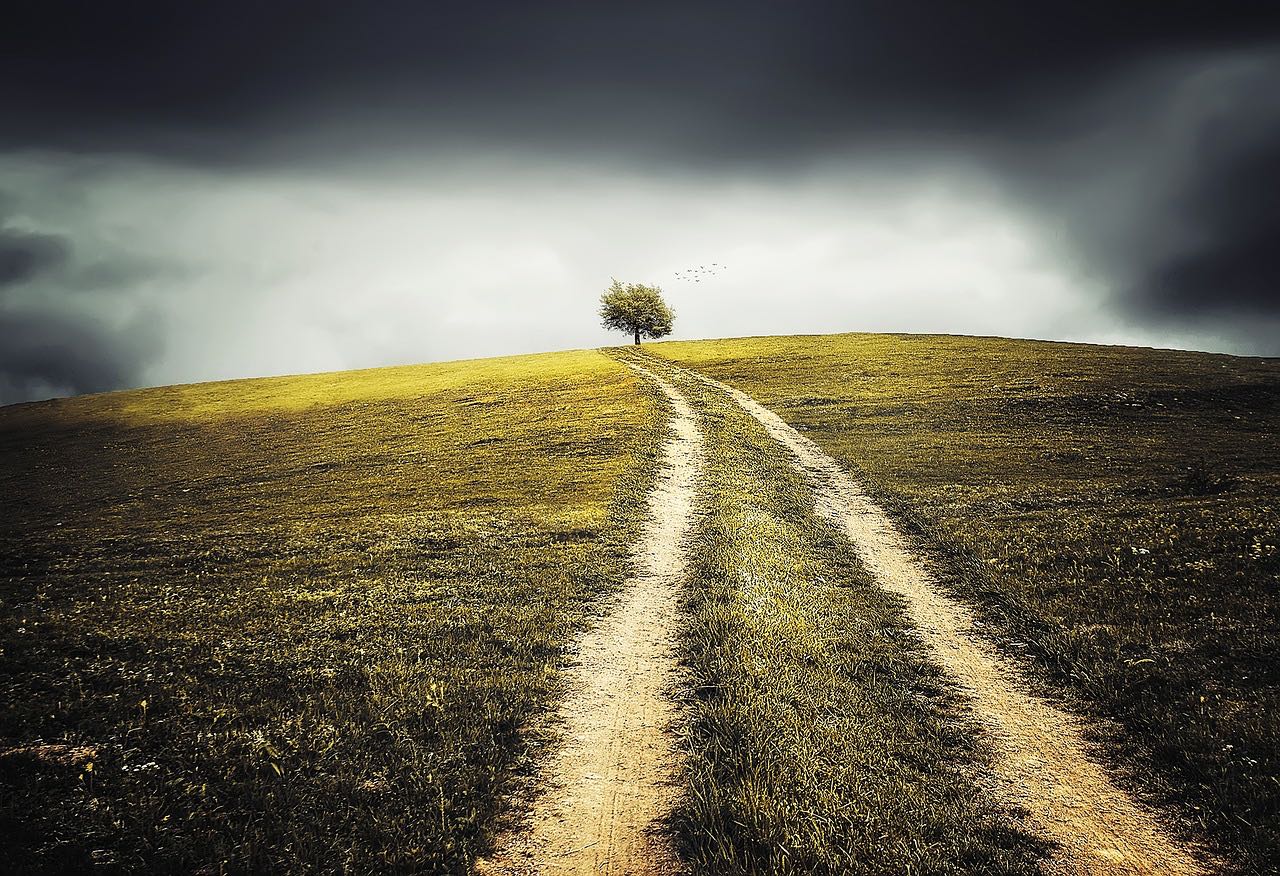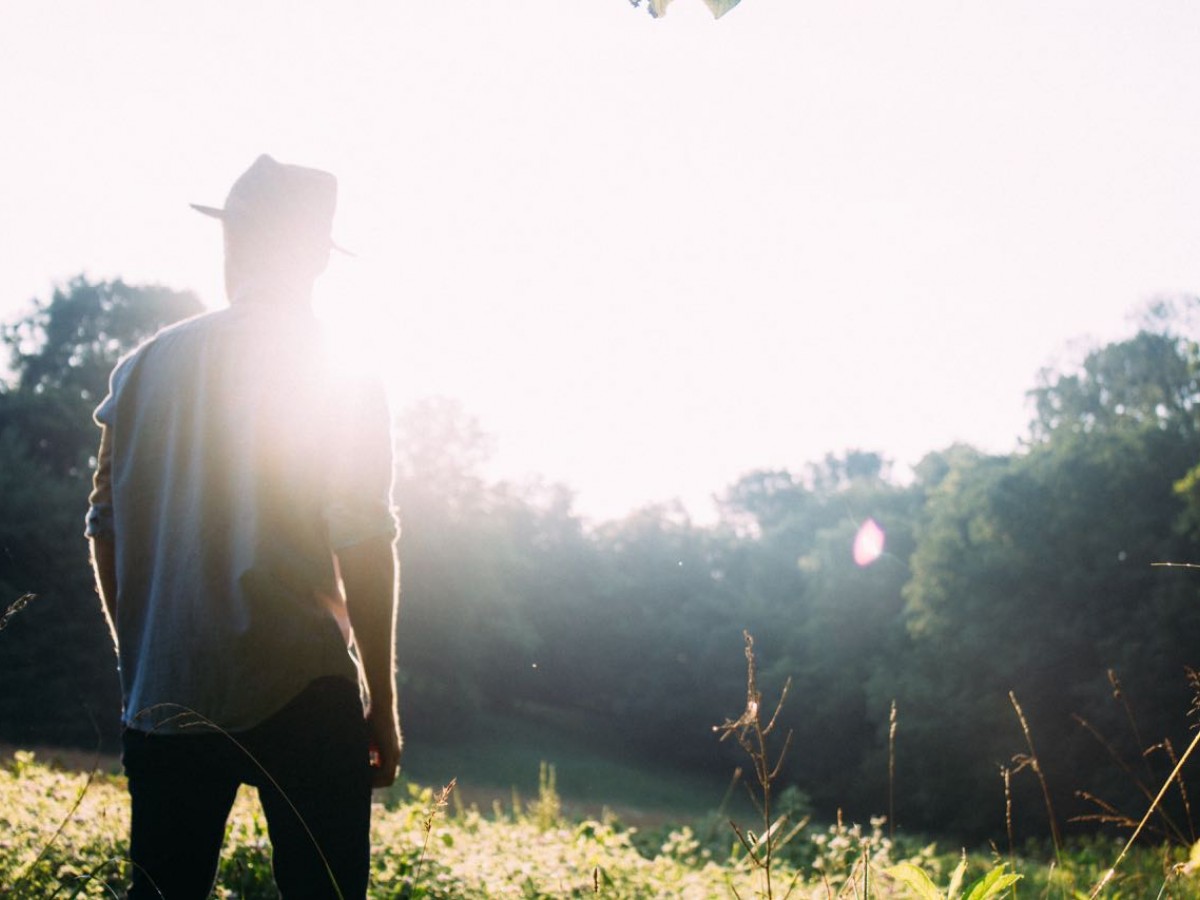Beyond Seasonal Affective Disorder: Transforming Suffering into Art (and Paying it Forward).
Researcher and storyteller Brené Brown, Ph.D, says people who live wholeheartedly always have a creative practice. Always. No exceptions. Not a creative itch. Not a creative urge. But a creative practice. Some routine that has them show up in life differently from their task-oriented self, long enough to become different from their task-oriented self. This is protective. Because it helps them pay attention to what's actually going on around them and inside them: The Good, The True, The Beautiful—and The Painful. Before they become lost.
This time of year, some of us are particularly vulnerable to getting lost. We get lost in the dim afternoon light, in the beautiful death of leaves, in the first swirls of cold air, and the loaded march back to school. Changes to our biologic clock and the oncoming sleepiness of winter often clash with the structure and intensity of Fall. This can feel overwhelming and depressing. It can also feel oddly energizing. Some of us will feel both ramped up and depressed at the same time.
Seasonal Affective Disorder (SAD) affects 3 million people in the US every year about this time. It is usually self-diagnosed: fatigue, depression, hopelessness, and social withdrawal. Treatment includes light therapy (phototherapy), talk therapy, and medications.
I'm not going to discuss the standard treatments for SAD. You can find them anywhere. I'm going to focus instead on having a commitment to creativity as a healthy approach to wholeheartedness for anyone in any season, especially this season. Don't stop your meds, if you need them. Don't stop doing your light therapy. Add creativity. Pay attention. Sit with the results. Give thanks. And pay it forward.
My own creative practices have meandered over time through music, words, and sketching—mostly. (Last week I tried painting with coffee; pretty fun. Might become a new thing.)
But poetry is probably the most reliable outlet for me. Below are three poems derived from the shifting light and moods of July, August, and September:
Always the Light
always the light
waking me softly
under and over and around me
the night
fading and sliding like sea foam off me
always the sheets
shedding like skin
and the hand that finds mine
squeezing again
always the light
waking me softly

Always the Light II
for the chatter of aspen leaves
flicking in the wind
the blue dome of morning
where air, spicy like wine begins
to flare my nostrils and flush my cheeks
i pull my hood tighter
and consider the weeks
the months, the years i've lived
with beauty and astringency, side by side
the dark, the light
that has kept me alive
the yin, the yang
savor and tang
but especially,
now the light, i think
always the light
warm and patient
waking me
shaking me and breaking me
softly
always the light
always near
becoming the story i was dying to hear.

Septembering
who will stop me from Septembering
from dismembering the summer
its yellow intensity
its ember rings
who will endear me
to the orange and black long shadows
of Fall
the turning leaves
and where is the flame i sought in
this strange and iridescent Autumn
where is the frame i thought
to put my picture in
the one i forgot to take
by the lake
where the frogs and dragonflies
nibbled furiously at my soul
and all for nought
and then
where did i hear it
Tom Sawyer's little laugh
and why did i fear it
more this year than the last
and why do summers come undone
more quickly now, and blur
faster and faster
than they can possibly occur
who will stop me from Septembering
from remembering
the frame
and the way we were
It's important to be honest in your art. If you feel pensive then write something pensive, sketch it, compose it, cook it, make it. There's nothing more helpful than objectifying your own suffering in a way that might be useful to other people.
This was Viktor Frankl's approach to his experience in Nazi death camps. He survived and thrived because, even in the middle of his suffering, he knew he was composing his life's work. He could see himself in his head giving lectures to well-dressed men and women in posh venues after the war—serving them, by taking his own suffering out and looking at it, artfully, objectively; he wrote it all down on napkins and toilet paper (when available), squirreling it away in the tattered pockets of his one remaining coat; he produced something creative and useful to himself and others right in the middle of despair.
It's no surprise then, that one of the cornerstones of Frankl's Logotherapy is to suffer well, by turning suffering into a creative accomplishment. Certainly his book, Man's Search for Meaning is that. Even so, he insists that success cannot be pursued; it can only ensue—by doing the beautiful thing you have to do, because it is the beautiful thing you have to do.
You don't have to write a book or a poem. You could cook a kick-ass dinner to celebrate, to share the sweet and sour of your life. Or take the time to paste together a real photo album. You could make your own Halloween costume to spoof the darkness. You could take chiaroscuro photos. You could be Ichabod Crane. If you arrange flowers, arrange flowers. If you create conversations, create conversations. If you design space, make a space (and invite me over). It's all good, really. Because this is what it means to be human. To light the candle and not curse the darkness.
My challenge to you is to pick something and do it. For the next 90 days, just do it. Routinely. See what happens. And pay it forward.
Yours in Health and Resilience,
Marc Wagner, MD, MPH.
Related Posts:
- How I Meditate and Why: Confessions of a Stress-a-holic
- The Five-Minute Journal: My Secret Weapon for Starting Strong
